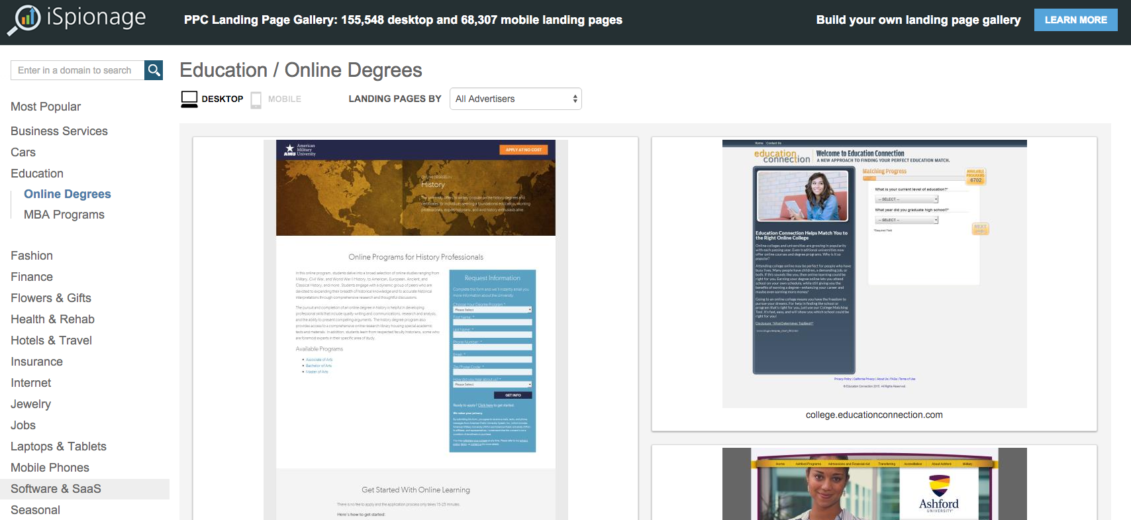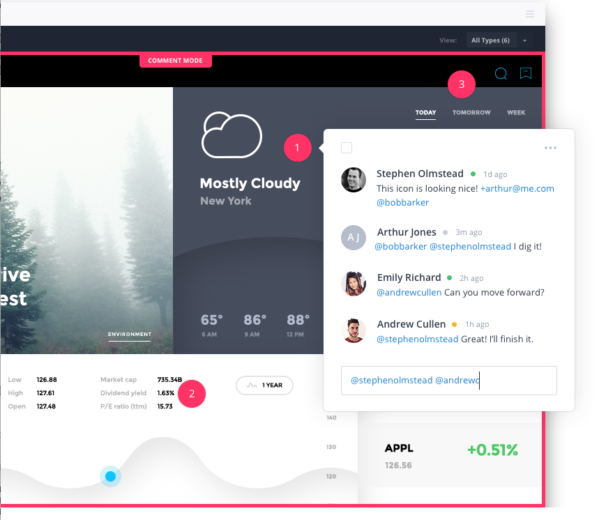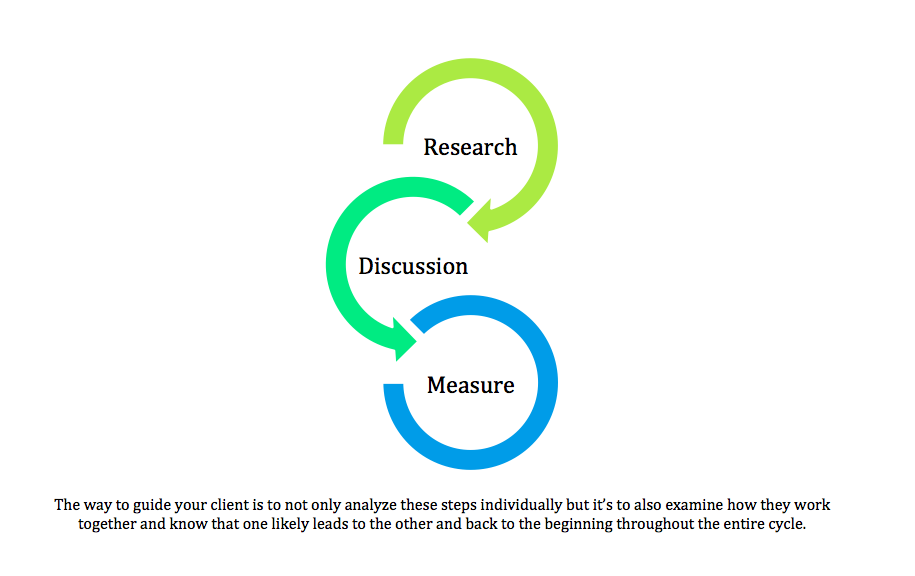Trends change. And do so at the most inconvenient times. When it comes to your website after you’ve finally hit a sweet spot of performance and usability, here comes a new trend that renders your site outdated. You’ve decided that now it’s time to make a change and redesign your entire site. Whether it’s a few page layouts or updating so that it’s responsive across multiple devices, this redesign is going to take a lot of added time and effort. If you ultimately decide that you’re ready for this overhaul, don’t forget, your CRO team is here for you!
If you decide to consult your Conversion Rate Optimization manager, we might slightly hint against an entire website redesign. By making such a drastic change, you might run the risk of performance dropping and your customers becoming frustrated with such a change. Because your CRO Manager is focused on continual optimizations of the site, we would take the approach of slightly adjusting elements, ensuring each change is successful until you get the look and usability that you’ve planned.
There are three steps to guide you through a redesign with your client. The first is focused on research of website performance and the type of audience that regularly visits your site. The second is with open discussion and the start of a new design. Lastly, we’ll be sure to measure and check the final product once the site has completed its redesign.
1. Research
The first step is to perform as much research as possible. Dive into the analytics of the site to find out as much about the audience as will help you make the most informed decisions. By knowing where your audience is coming from and what they might expect, you can then start understanding what they’re looking for. Knowing your customers will only help your business and is key to designing a website that will truly fit their needs.
Another way to research is to plug your site into user testing tools. There are numerous options where you can get direct feedback on what users might think of your site. Further testing that will be important in this phase is taking into consideration any of the testing and findings from your previous site. Questions to ask include:
- Were there certain colors that resonated with your visitors?
- Was the overall navigation of the site too complicated for your users to convert?
It’s these types of questions that will directly influence how you might set up your future site. Also, don’t forget the importance of checking your competition. What does their site contain? Although you might not be able to directly measure the performance on their site, you could get a feel of what your potential customers are comparing. Below is a great resource for checking out other landing pages in your industry to find new trends or elements that you might be missing.

Lastly, another key component to look into is the various devices your potential customers might be using. Responsive sites seem to be the more popular choice as of late. This type of site is both good and bad for conversion rate testing. The positive of a responsive site is that a test on the desktop page could carry over into the mobile site – this avoids having to set up multiple tests. The negative is that the responsive version might not be as easily optimized for the mobile users specifically. It might always be bunched together and harder to differentiate the two audiences and actions that your audiences will make on these devices.
2. Discussion & Design
The second step to help guide your client through this process is to focus on open discussion. Between you and your client, making sure that all parties involved discuss almost every element. This is done best through using visuals and setting up timelines. They may be rough timelines but at least this will help guide the conversations and there’s a mutual understanding of what needs to be completed and when. There will likely be multiple teams involved so being sure that each person knows what’s needed of them and at what times is crucial.
Below is an image from InvisionApp, an online platform that would provide your team with this workflow. With comments from multiple team members who are all able to see the same elements, this will only ease the process of multiple teams coming together to create a new website.

Part of this second step is discussing the overall design. When taking the research we did into consideration, we can set up wireframes and further user testing on those wireframes to get qualitative feedback on the beginning steps of the redesign. What’s important to consider throughout all of this is that idea of guiding your customer to the main goal on each page and assuring that they’re being led to that conversion without any friction or confusion.
3. Quality Assurance & Measurement
The last step is quality assurance. Placing as many eyes as possible on the new site to be sure it’s performing as expected without glitches or issues is just as important as the initial set up. Once you’re able to determine if the site was thoroughly checked and it has been launched, it’s time to look into the metric performance again to further reinforce that the design changes were successful.
CRO is about making sure conversions are increasing and that means making sure that other metrics, such as bounce rate, for example, are contributing to the success of the site rather than preventing visitors from converting. For added assurance, plug the new site back into the user testing tools so you can get added feedback from other internet users.
Final Thoughts
These are multiple steps that will help you guide your client through a redesign, all while considering the importance of testing throughout the process. One thing to remember is that a redesign will likely impact performance (at least at first) of both the website and the channels leading to the site. With PPC, for example, you might see a decrease in performance as visitors get reacclimated to the new website. As stated before, your CRO manager might shy away from an entire redesign and work toward a new design by testing all of the elements. If a redesign is imminent, guide your client through the steps listed above and utilize the many tools available all while keeping in mind the importance of testing and optimizing your website to meet your customers’ expectations.




